
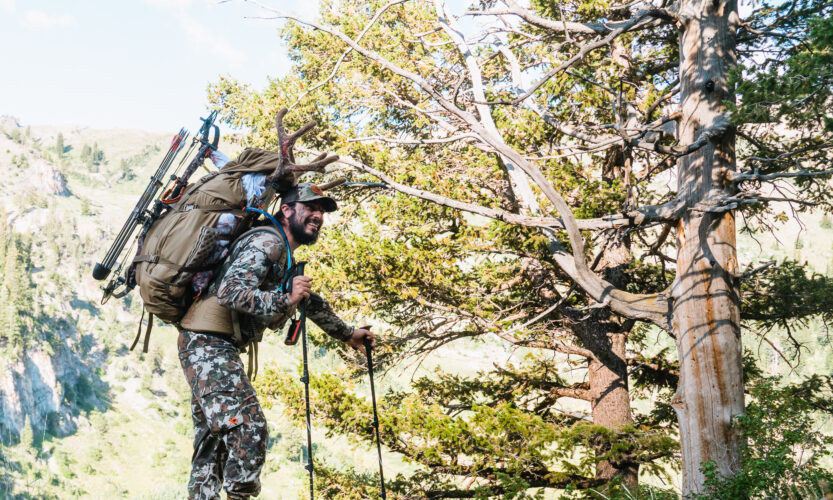
You’re excited. With a loaded-down backpack, a desolate trail ahead, and a big game tag in your pocket, adventure is no doubt on the horizon. Each step you take is one closer to a cozy backcountry camp and endless opportunities. Along the way though, you’re greeted by an uninvited guest. A muscle cramp proceeds to begin “cramping your style.” Now with each step you take, all that’s on your mind is “why me, and how the heck do I get this cramping in the backcountry to go away?”
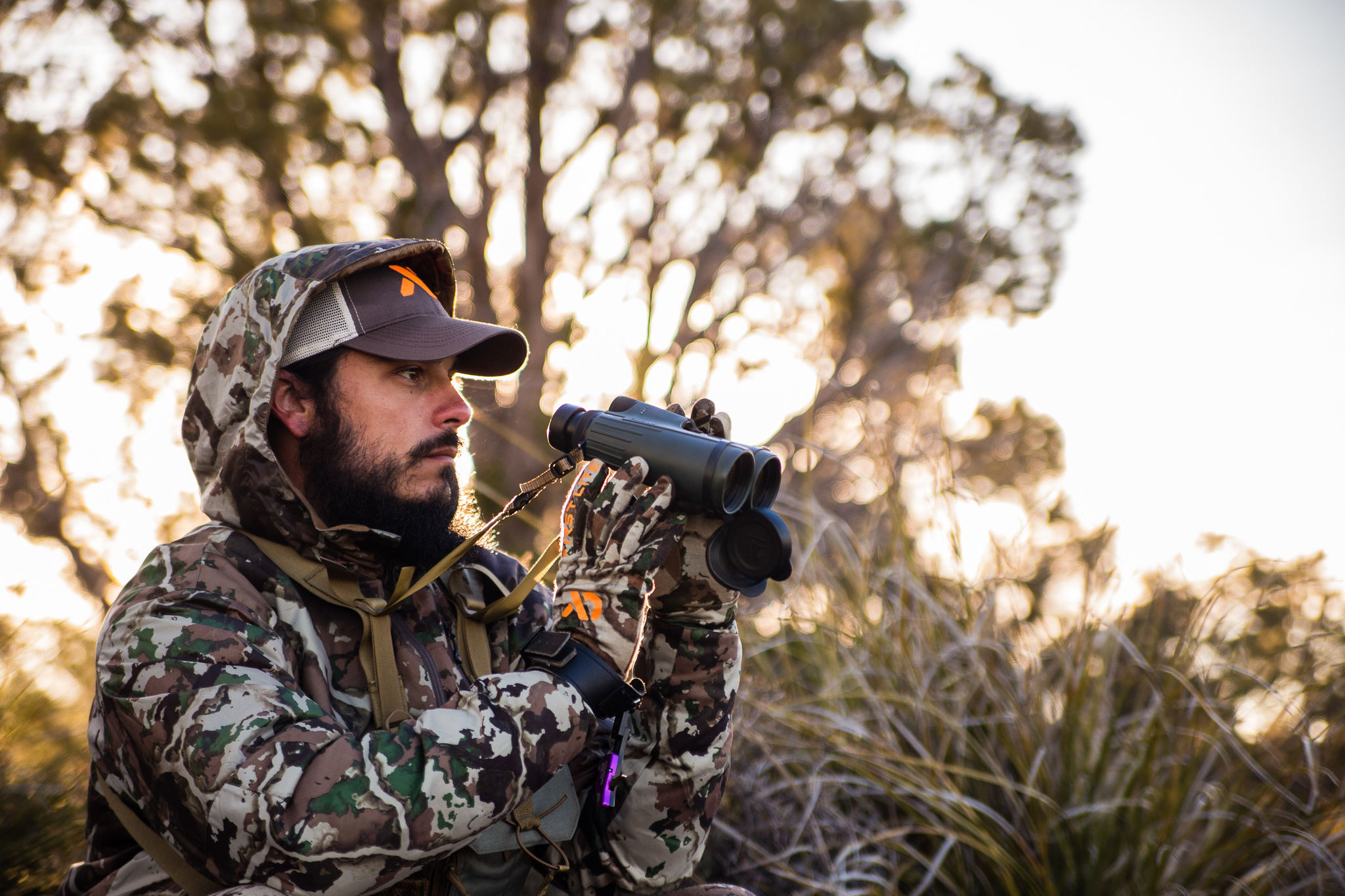
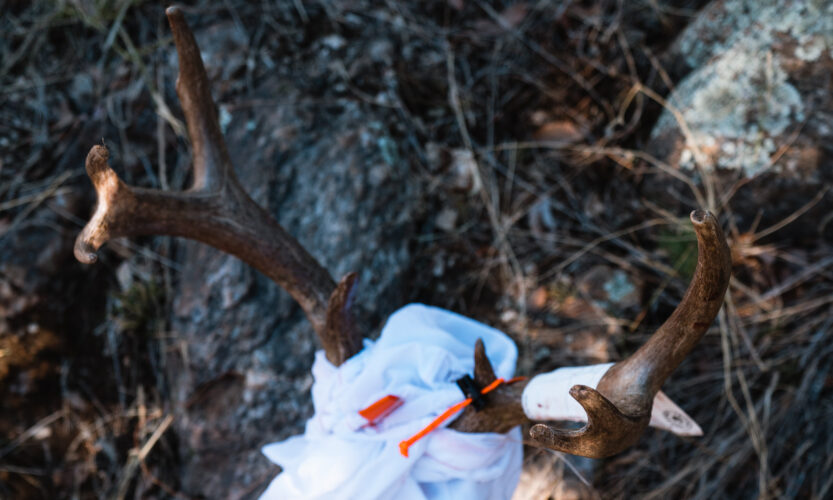
There really isn’t anything like it. Being out in the desert during the month of January, bowhunting coues deer. While the rest of the country is hibernating and huddled by a fire, the lucky ones are glassing for coues deer, laying their wits on the table. And hopefully at the end some coues venison on the table as well.
Spot and stalking coues deer with a bow is no easy feat though. In all honesty, they are one of the hardest animals in North America to consistently stalk successfully. Their switched-on nature puts them on high alert at all times and the country they live in is as loud as you’d never want it to be.
With all of that said, and with the month of January fast approaching, I’m going to lay out a sort of blueprint that will no doubt up your spot and stalk success on these little deer. I’ll go into where I’ve found success, where I haven’t, and how I’ve found success bowhunting rutting coues deer.

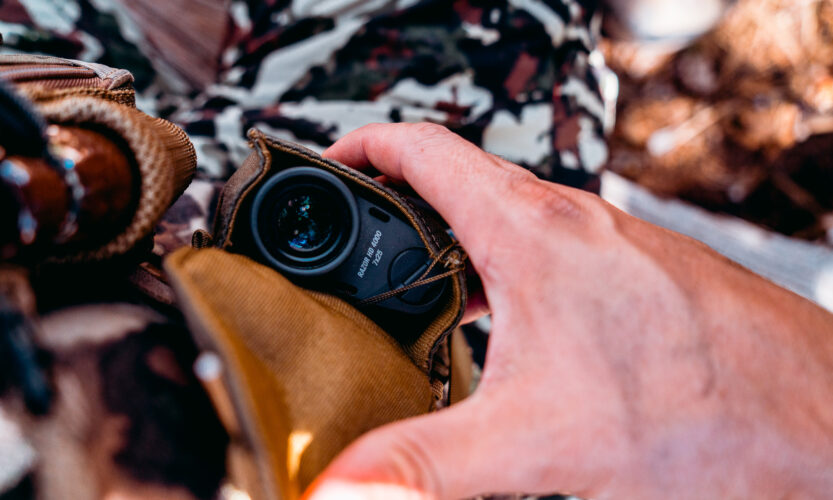
Throughout my childhood, my Dad would tell me old hunting stories from before I was around. At the time, I hadn’t really experienced much of the hunting life, so these stories sunk deep in my mind. One of those stories was of an archery deer hunt in upstate New York. It was just him and his bow. No rangefinder to speak of.
My Dad was sitting up in a tree and a lone buck came in beneath. He pulled his bow back, aimed, and let it loose thinking that deer steaks wouldn’t be far away. What really happened was he watched the arrow fly right over the buck’s back, followed by said buck running out of his life. “Should have aimed lower” my Dad said. It was my first lesson on shooting up or downhill with a bow.

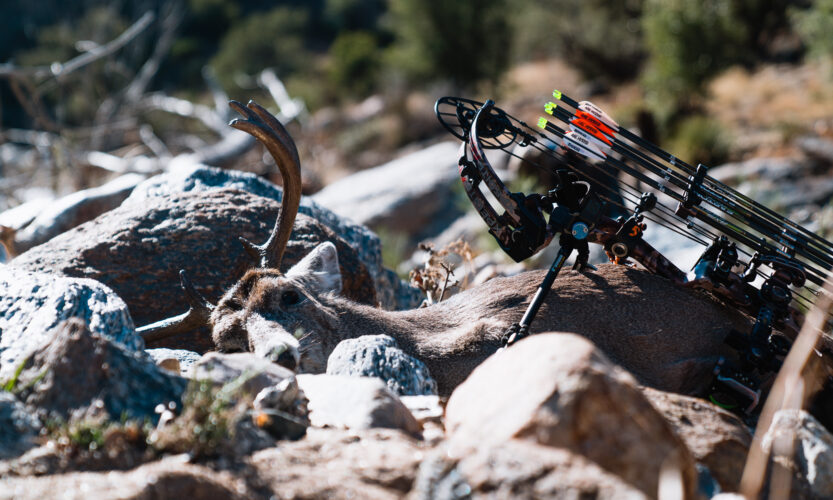
It was just after Christmas. A new bow rested in my lap and I had a nice buck located in the desert that morning. He was in a lust crazed stare at a few does beneath him. All I had to do was make a small loop and my first archery deer would lay at my feet. Once I reached the base of the hill I needed to climb that would put me in shooting range, I dropped my boots and pack. Long story short, I ended up going way farther than I thought looking for the deer. I also stepped on a jumping cactus in my socks. These two instances made me question if this whole “dropping your boots” thing was really necessary for successful spot and stalk bowhunting. More experience in the coming years would tell me it wasn’t.

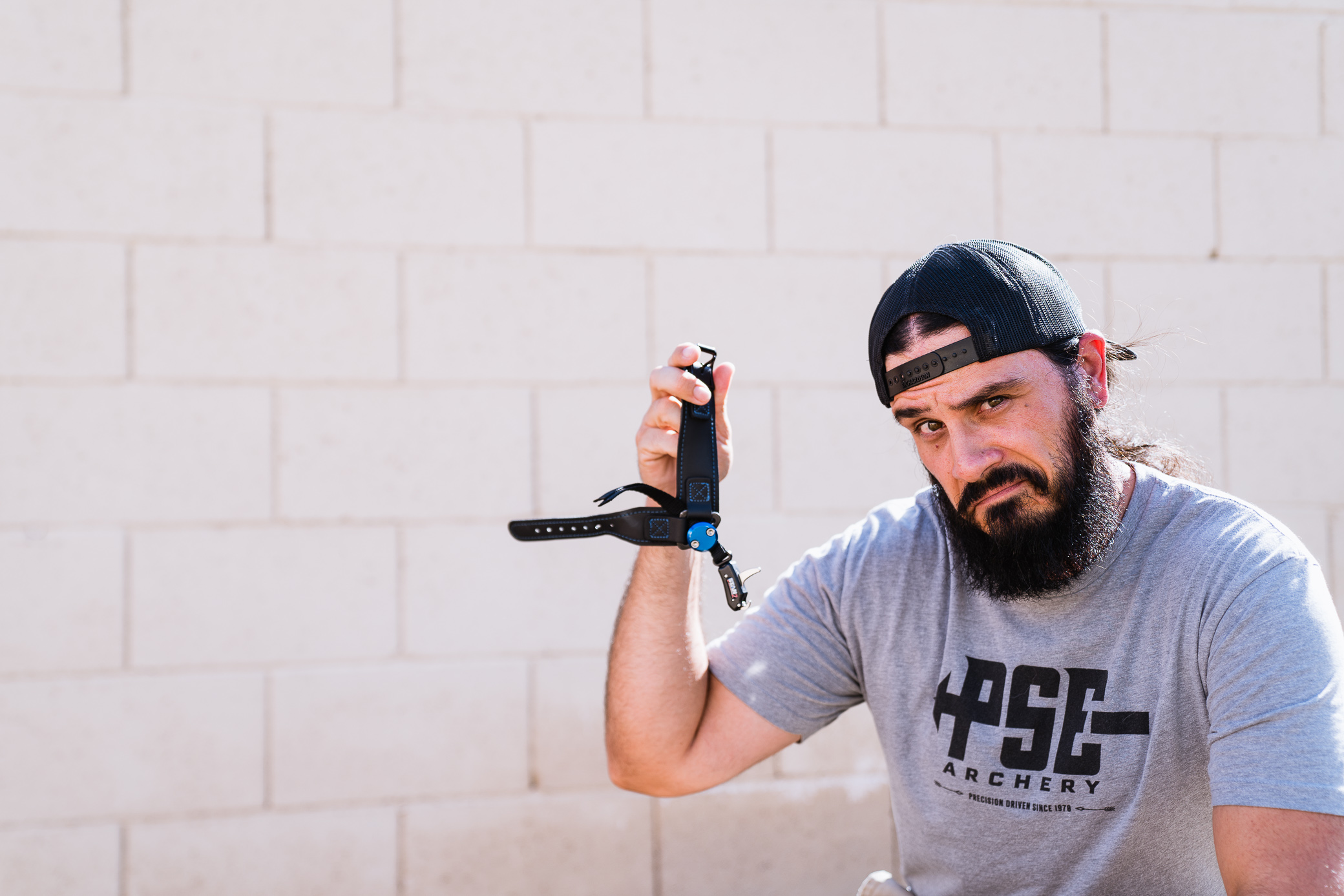
Index style release aids are without a doubt the most popular release aids in bowhunting. That’s for good reason. They are incredibly practical for the field and easy to use. A seamless transition from shooting a gun and one that you won’t have to worry about losing on a hunt, due to the wrist strap.
That seamless transition though is exactly where many run into problems though. I know I did. The running string of events is similar across the board. Someone grabs an index, says this looks easy to use, hooks it on the d-loop, and pulls the trigger. In the grand scheme of things, that’s all we’re really doing, and if that works for you, that’s awesome. Personally, I ran into issues, because there is a bit more to it than that.

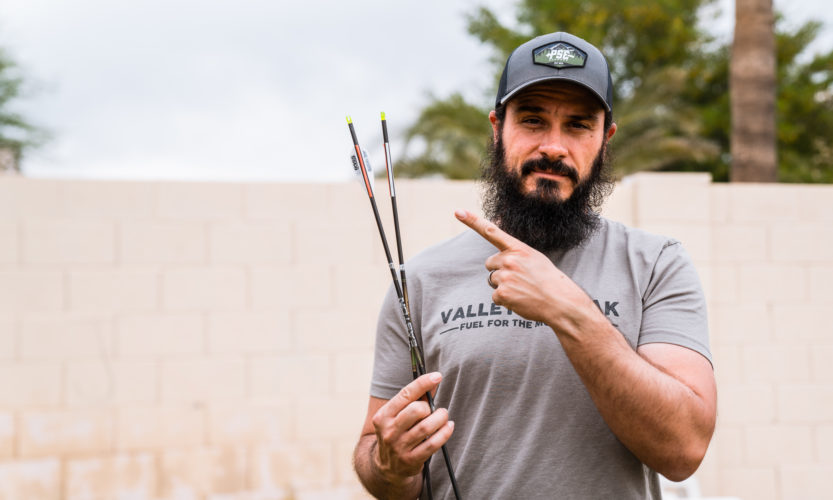
So far I’ve got my new bow for 2022 set up, paper tuned, and sighted in. The next part in my process of getting this new rig ready for hunting season is bareshaft tuning. When I say bareshaft, I’m referring to knocking off the vanes of your arrow so there is no steering aid in the back. If I can get this arrow with no training wheels grouping with a fletched arrow, the result is fantastic arrow flight. This is the most precise way that I’ve found to get my fixed blade broadheads flying with my field points. So, I’m gonna break it down for you here.

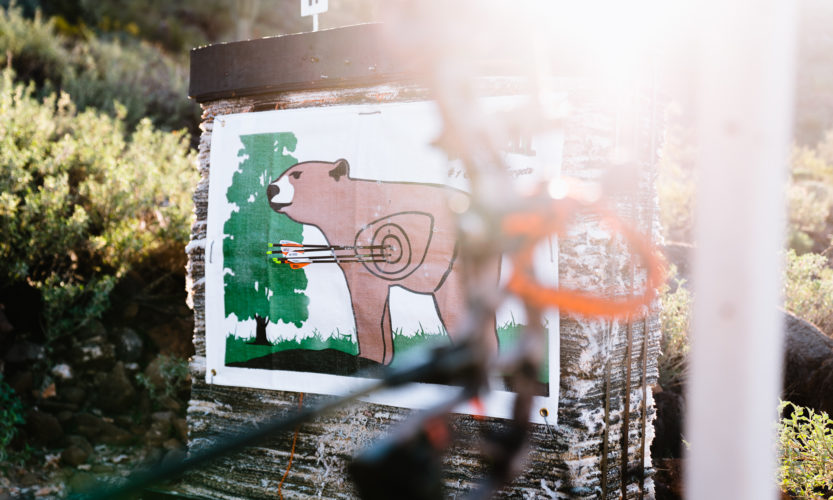
With every new bow setup there is a process. One of the most important parts of that process is getting the new bow sighted in. I recently snagged the new EVO XF 33 from PSE and have been going through the motions of getting it all ready for the 2022 hunting season. In light of that, here is yet another step in my personal process. I’m going to walk you through how I sight in a bow. This is going to be applicable to multi-pin sights. There are many ways to skin a cat, this way has always worked for me though.

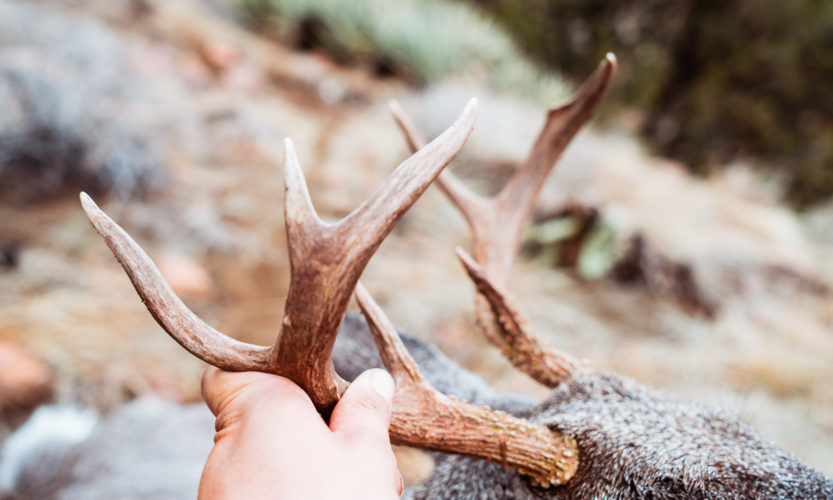
I’m a big fan of the euro mount, especially for deer/elk. They’ve got a rustic look and I just love the color contrast between skull and antler. Early on, I would go through the whole process of creating these on my own. Boil, pressure washer, boil, pressure washer, etc. I enjoyed the process, but man it always took me forever to finish. With the time crunch that is now my reality going through that process is something I haven’t been able to revisit. Well, not entirely at least. After getting a hot tip from a buddy, the lazy man’s euro mount sounded like it was a perfect alternative. Now, a few years later, I’m happy to say it was.

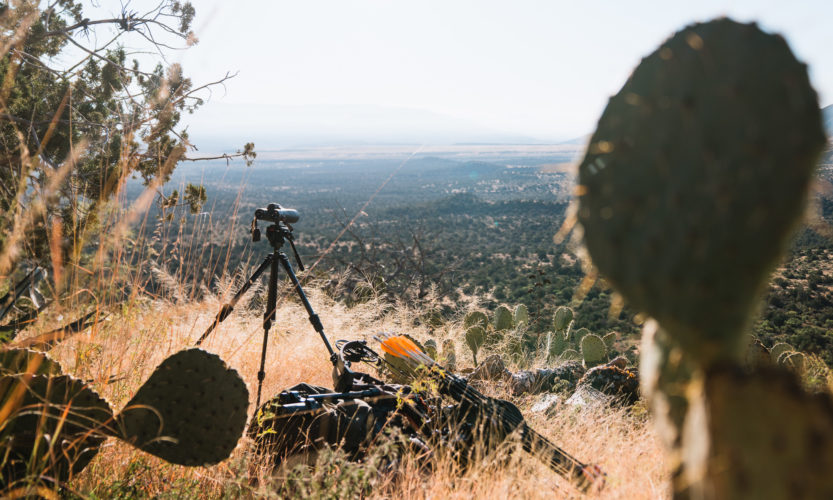
Year in and year out life is filled with lessons. If you’re like me and always striving to be better than yesterday, you pay attention to those lessons. This past 2021 hunting season provided me with more than its fair share of takeaways, just like it should be. Here, I’m going to lay out my biggest lessons learned from the 2021 hunting season. I walked away from it with new perspective, and with any hope, you’ll walk away from this article with the same.

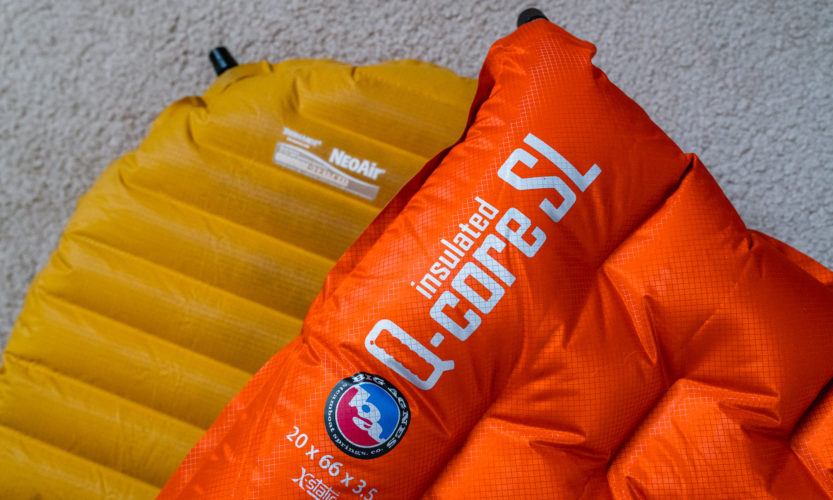
A good sleeping pad can either make your trip or break it. I’ve been on both ends of that, and the break part isn’t fun. Especially, when it’s 10 degrees at night. Picture someone running in place while in their sleeping bag, just trying to conjure up any bit of heat. That was me. Since that particular hunt, I vowed to always have a quality sleeping pad underneath me and ditch the old school foam roll up kind. Almost 10 years later, I’ll say this. Inflatable sleeping pads are the only way to go.

Copyright 2019 Dialed In Hunter
Design by NXNW.